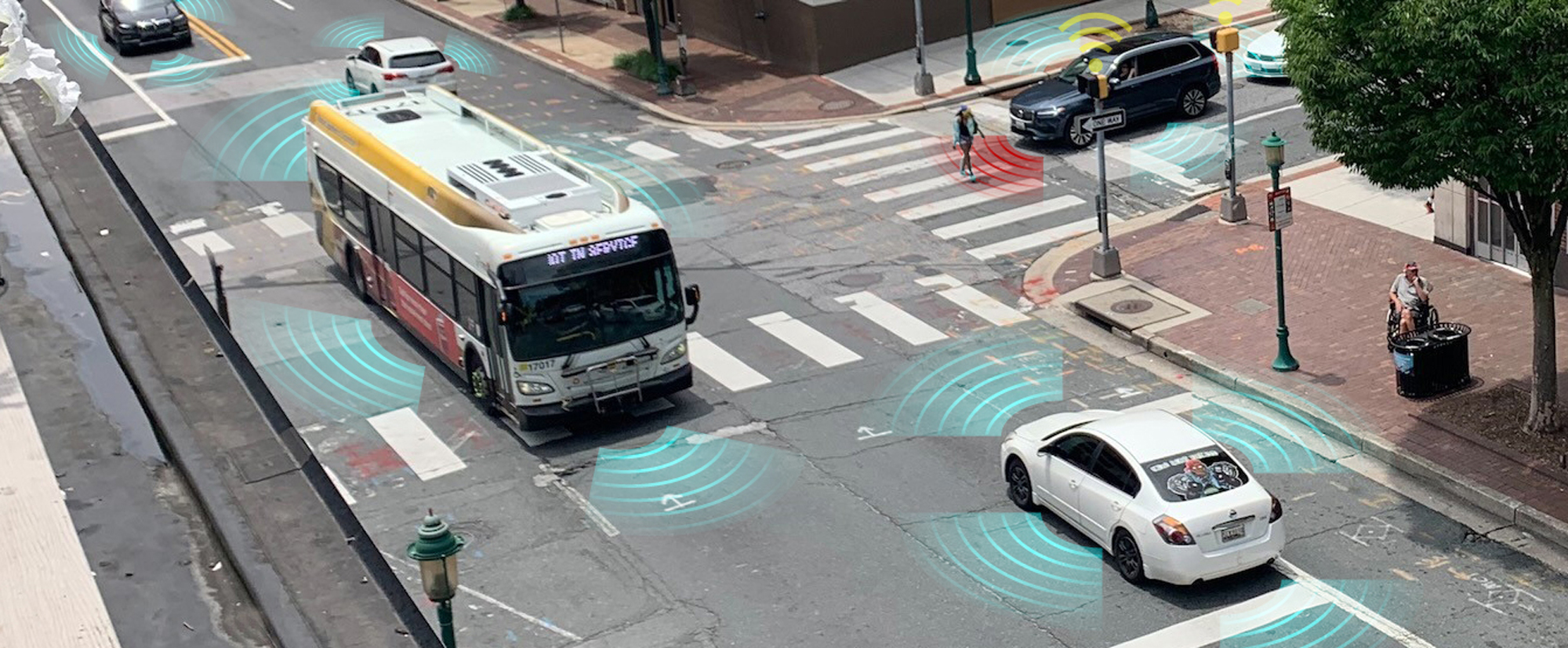TRB Takes, 2023 Edition
Glenn Havinoviski’s Observations from TRB 2023
As always, my agenda at the Annual Meeting of the Transportation Research Board (TRB) focused on transportation operations activities, and over the last two decades, I have been engaged in the Intelligent Transportation Systems, Freeway Operations, Managed Lanes, and Regional Transportation Systems Management and Operations (RTMSO) Committees as well as a member of the Congestion Pricing Committee (now merged with the Transportation Demand Management Committee). In those years I have been involved in the review of papers, developing research topics, making podium presentations, and participating in poster sessions, as well as moderating and organizing both panels and larger ½-day workshop efforts. In 2021 I even developed a now-infamous 20-minute video on the early history of Congestion Pricing as part of a workshop during the unusual all-virtual TRB Meeting that year. Since 2017, I have been involved with the Vehicle-Highway Automation Committee, which works in conjunction with the committees above in not only overseeing research on vehicle automation and connectivity, but also the annual TRB Automated Road Transportation Symposium (ARTS).
Topics of interest
- Digital Twins: A great deal of interest relative to providing planning, engineering and operations services is on the concept of the “Digital Twin”, which incorporates some or all of the following:
- Integration of Building Information Management (BIM) systems, 3-D based surveying (including LIDAR and other technologies), 3-D videography and GIS
- Traffic and operational simulations, using tools such as VISSIM and AIMSUN.
- Data analytics, using real-time vehicle data (speed, acceleration / deceleration, trajectory, wheel slippage, etc.) to assess current conditions and compare with “normal” or default conditions, tied to three-dimensional spatial location
- Artificial intelligence (sometimes known as “decision support”) using real-time conditions and trends, and determining likely conditions based on several factors, as well as potential operational strategies based on alternative scenarios
- The “20-Minute City”
- Focus on redesigning communities to provide non-motorized access between homes and offices, retail, commercial and entertainment activities
- Enabling walking or micromobility options through Complete Streets tgat include dedicated lanes and expanded pedestrian access
- Providing limited access to through autos and trucks
- Enhancing city and areawide transit services to connect the different communities
- Roadway Digital Infrastructure
- USDOT is promoting development of a new standardized data and information framework that uses vehicle data and cloud computing instead of, or in addition to, data from roadway sensors and infrastructure
- The concept is being supported by transportation industry leaders such as ITS America and large data and communications vendors such as Google and Cisco to augment or replace public investment in specialized, dedicated communications infrastructure for transportation
- More focused strategy for connected vehicle automation:
- Private sector vehicle automation providers have mainly focused on stand-alone systems using on-board sensors, maps and cameras as opposed to traffic network intelligence and vehicle-based communications (for example, V2X).
- Advanced Driver Assistance Systems (ADAS) have led to quicker adoption of Level 1 and Level 2 automation (which still relies on the driver to ultimately control the vehicle.)
- However, highly automated (driverless) vehicles providing Levels 3 through 5 automation will likely not see widespread adoption in passenger vehicles for another 1 to 2 decades.
- At the same time, highly automated vehicles provide efficiencies and potential cost savings in the areas of intercity freight (including Truck Platooning and continuous travel), local delivery (use of Personal Delivery Devices), as well as transit services, including:
- Use of bus automation within dedicated lanes and guideways for express buses and bus rapid transit)
- Automated shuttle and circulator services connecting major transit and destination nodes with surrounding areas and trip generators
- Transportation Systems Management and Operations
- Emphasis on integrating and institutionalizing day-to-day traffic operations and incident management functions within transportation departments (similar to Maryland DOT State Highway Administration, whose CHART program has evolved into the Office of Transportation Mobility and Operations).
- Pricing Strategies to Finance Transportation and Manage Demand
- Road charging alternatives to replace the fuel tax (critical as vehicle fleet electrifies and fuel consumption drops)
- Consideration of alternative forms of demand management, including cordon-based congestion fees, dynamic pricing for dedicated express / managed lane facilities.
- Provide financial or operational Incentives for drivers to use transit or rideshare (including preferred parking, reduced user fees, retail discounts or other financial incentives)
- Revitalization of Conventional Passenger / Commuter Rail Services
- Emphasis on upgrading, enhancing and optimizing operations on conventional rail systems, including commuter rail services and reducing / removing long-time infrastructure bottlenecks including outmoded/over-capacity tunnels in New York and Baltimore, and introducing additional regional rail services along with privatized intercity services (e.g., Brightline)
- Transportation Workforce:
- Major emphasis on bringing women into higher levels of management as well as executive roles in public sector, private sector and industry organizations

